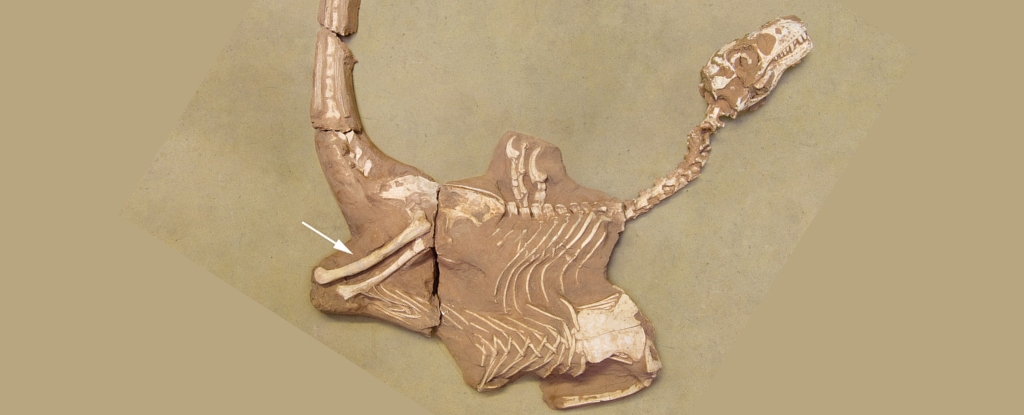
A newly identified dinosaur species, named Shri rapax, displays features that suggest it may have been even more formidable than its famous relative, the Velociraptor. Researchers discovered this species in Mongolia, revealing that it possessed uniquely adapted claws on its oversized hands, which could have made it a deadly predator in its ecosystem.
The physical characteristics of S. rapax differ significantly from those of the Velociraptor. Although both species were approximately the same size—similar to that of a turkey—S. rapax appears to have concentrated its strength in its upper body. The dinosaur’s hands were notably bulkier, particularly the thumb, which featured prominent bone structures. According to the researchers, these structures indicate the presence of “well-developed flexor muscles” that would have allowed for powerful slashing and stabbing motions.
The claws of S. rapax were particularly remarkable, measuring almost 8 centimeters in length and being twice as long as those of its close relatives. This adaptation likely enabled the dinosaur to target larger and more robust prey, such as protoceratopsians or young armored ankylosaurs. The differences between these two dinosaur species suggest that they might have coexisted by exploiting different types of prey available in their environment.
Fascinating Fossil History
The holotype fossil of S. rapax has a tumultuous history. Following its discovery, it was poached and subsequently ended up in various private collections across Japan and England before being acquired by a French museum. Fortunately, it was later returned to Mongolia, but the challenges did not end there. The skull and neck bones were sent to Belgium for scanning and study; unfortunately, these critical pieces have since gone missing. Currently, the skeleton is displayed with a printed cast of the skull, created from the available scan data.
Researchers have published their findings in the journal Historical Biology. They emphasize the significance of these discoveries in understanding the evolutionary adaptations of predatory dinosaurs. The study of S. rapax not only highlights the diversity within the dinosaur lineage but also provides insights into the ecological dynamics of prehistoric ecosystems.
As scientists continue to uncover these ancient creatures, the ongoing research sheds light on how adaptations shaped their survival and interactions in a world vastly different from our own. The story of S. rapax serves as a reminder of the intricate web of life that once thrived on Earth and the ongoing quest to understand our planet’s prehistoric past.







